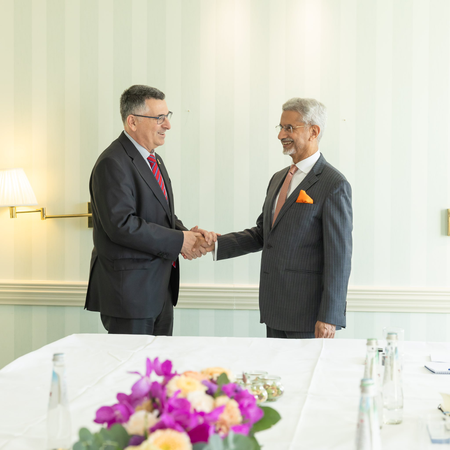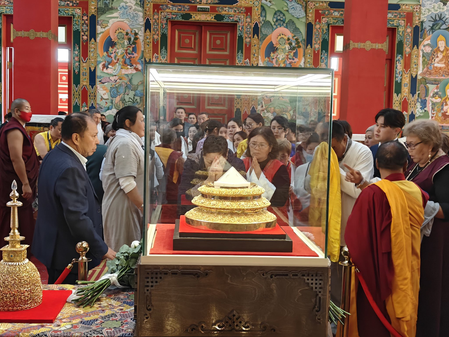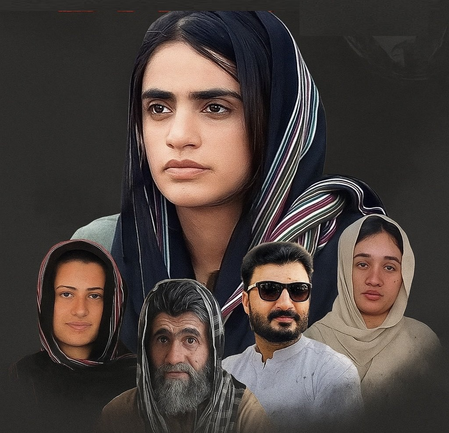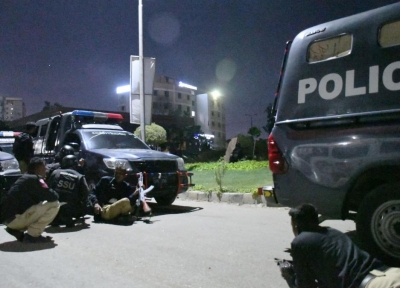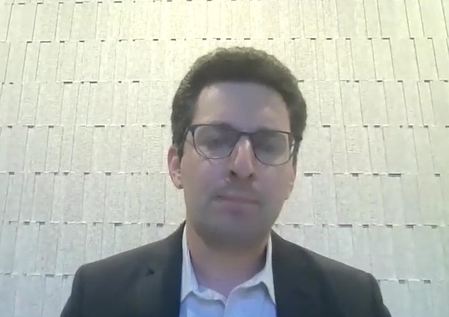
New Delhi, Aug 16 (IANS) US President Donald Trump and Russian President Vladimir Putin said they had made progress in nearly three hours of talks aimed at moving closer to finding an end to the Ukraine war, though no immediate ceasefire was announced. Trump described the discussions as “very productive,” but admitted that no final agreement was reached during the summit held in Anchorage, Alaska.
Arik Burakovsky, Associate Director of the Russia and Eurasia Programme at The Fletcher School, Tufts University, spoke exclusively to IANS on Saturday about the meeting and its implications.
He underlined the symbolic importance of the event, noting that this was the first time in a decade that Putin had stepped on American soil. According to him, the visit could signal a tentative reset in US-Russia relations, even if deep mistrust remains.
Below are excerpts from the interview:
IANS: Given the statements by both leaders, what is your immediate takeaway?
Burakovsky: It seemed to me that both Trump and Putin wanted to project a positive impression of the meeting, and both appeared satisfied with how it went. Even from the very beginning, when Trump welcomed Putin on the tarmac, there was warmth in their handshake.
Trump quite literally rolled out the red carpet for Putin. Both leaders clearly enjoy the showmanship and the pageantry, but the real question is whether any substantive progress was made behind the scenes.
They did mention that some issues remained unresolved, which is not surprising. In international negotiations, nothing is considered agreed upon until everything is agreed upon. So, it is not shocking that no major breakthroughs emerged from the meeting. I think the focus now will shift toward holding broader talks that include Ukraine and European partners.
The main sticking point seems to be the Ukrainian territories currently under Russian control. Ukraine has certain non-negotiable demands, and it is unlikely to soften them.
For any progress to be made, Russia would need to temper its maximalist demands and consider concessions. Nevertheless, the meeting was still significant. It was candid, high-level, and historic in the sense that Putin was on American soil for the first time in ten years. That, in itself, may indicate the possibility of a reset in US-Russia relations, despite the persistence of mistrust.
IANS: You mentioned Putin’s maximalist approach. Given his repeated statements, do you see any change in the Russian position? Has there been any softening, or could Russia still come out of this as the big winner?
Burakovsky: I have not observed any significant shift in Russia’s stance. There was some speculation before the summit — especially after businessman Steve Witkoff’s visit to Moscow — that Russia might be softening its position. But so far, there is no clear evidence of that. What is important is that the summit was not a one-on-one between Trump and Putin. Others were present in the room, which at least provided the optics of a serious negotiation rather than a personal engagement.
It is possible, however, that the US may be edging toward greater concessions than before. If we look at the trajectory of negotiations over the past seven months, the Trump administration quickly conceded that Ukraine would not join NATO in the foreseeable future.
Washington also scaled back direct financial support to Kyiv, allowing European countries to take on more of the burden. The US provides weapons to Ukraine, but largely through European purchases rather than direct aid. At the same time, Trump has tried to maintain economic pressure on Russia, while continuing to express frustration over Moscow’s ongoing bombardment of Ukraine.
Domestically, Putin also faces challenges. The Russian public is increasingly weary of the war, which exerts political pressure, though perhaps not enough to push him toward a ceasefire just yet. Economically, Russia can sustain the war for another year or more, but sanctions, trade restrictions, and fiscal strains are eroding its stability.
Beyond economics, the human toll of the conflict is enormous. So eventually, Russia may need to soften its position or make concessions. Within the Russian elite, there is already some debate about whether to pursue peace or continue fighting to achieve limited territorial gains in Donbas. For Moscow, the long-term dividends of prolonging the war are uncertain.
IANS: Europe has essentially been kept on the sidelines. Trump did speak to European leaders before the summit, but if the US and Russia have already agreed on certain terms, wouldn’t that pressure Europe into accepting whatever was decided?
Burakovsky: That is indeed a key question. Will Europe assert its leverage in shaping a peace deal? The reality is that no agreement can be implemented without Ukraine’s consent — President Zelensky must be at the negotiating table for the war to end.
Europe is in a complicated position. It provides both financial and military support to Ukraine, though it relies heavily on US backing to sustain this. Crucially, Europe also holds the key to Ukraine’s long-term future through eventual EU membership and the promise of reconstruction.
Therefore, Europe has real influence. The question is whether European leaders will assert their concerns forcefully, or whether they will align with Washington to avoid appearing as the obstacle to peace. If European leaders are unhappy with what was tentatively agreed today, it could create friction with the Trump administration and complicate the path forward.
IANS: A few weeks ago, India was singled out for buying Russian oil and now faces an additional 25 per cent tariff, on top of an existing 25 per cent. Given today’s developments, do you think Trump will ease his stance on sanctions related to Russian oil? Could India expect some relief?
Burakovsky: It’s still too early to say. Trump will want to preserve the option of increasing economic pressure on Russia, and one tool for that is sanctioning countries that continue purchasing Russian oil. India is in a unique position. It has chosen neutrality in the Russia-Ukraine conflict and remains a critical strategic partner for the United States. That makes Washington’s decision to impose a steep tariff — 50 per cent in total — particularly problematic. It strains US-India relations and complicates broader strategic cooperation.
It is possible that Trump could soften his stance, given India’s importance as a partner, but I do not think sanctions pressure will disappear altogether. Much will depend on how negotiations with Russia proceed in the future. If progress is made, there may be scope for easing restrictions. If not, India may continue to face pressure.
–IANS
jk/rad

